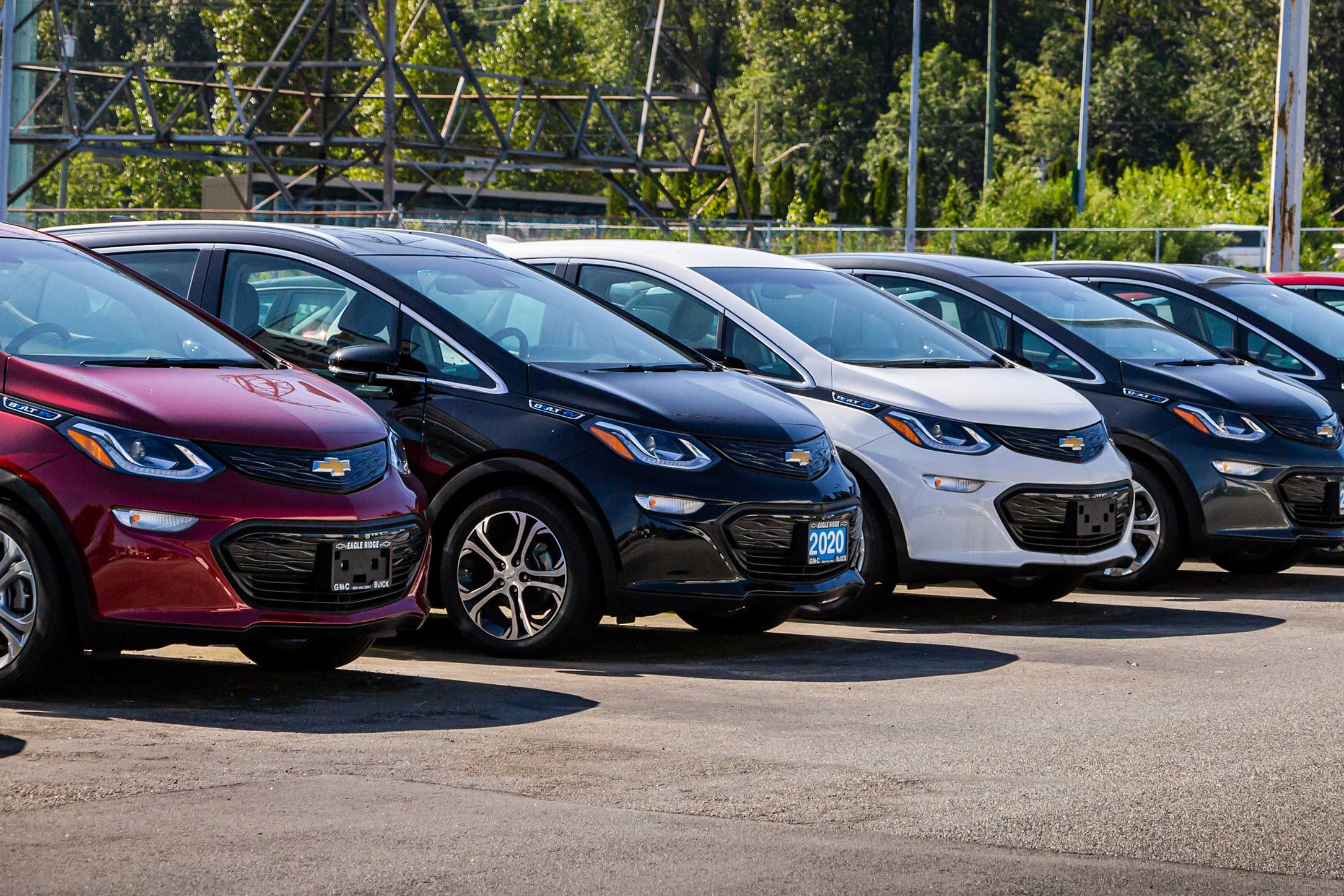This post has been updated. It originally published on Nov. 9, 2023.
If you bought a new EV in 2022, you got a pretty great deal. Back then, the federal incentive rules then were about as straightforward as you can get: If the car had a battery bigger than 10 kilowatt-hours (which is basically all of them), you could deduct $7,500 on your taxes. Easy.
As part of its efforts to bolster domestic production, the Inflation Reduction Act added guardrails around what you buy, where it’s built, and how much you can earn to qualify for the cash. The legislation was a boon in U.S. electric car manufacturing, but the updated rules caused a lot of confusion at dealerships.
In 2024, things changed for the better. While the qualification checklist largely remained the same, the $7,500 payout hit bank accounts instantly instead of months later with your tax return.
Now, these incentives are changing once more—and not for the better. Now, under the One Big Beautiful Bill signed on July 4, 2025, the federal EV credits are being phased out early—expiring on September 30, 2025, instead of in 2032.
So if you’re interested in buying an EV, the qualifications remain the same and the $7,500 payout will still be available, but only until the new deadline. Here’s what to know.
The qualification checklist
To get the full $7,500 back on a new vehicle (or up to $4,000 for a used one), you must satisfy certain income, cost, production, and battery sourcing rules—and you must complete the purchase by September 30, 2025.
First is your income: To be eligible, you have to earn less than $150,000 as an individual, $225,000 as a head of household, or $300,000 for couples filing jointly.
Second is the cost of the EV: If you’re buying an electric truck, van, or SUV, it’s gotta cost less than $80,000. Cars must sticker below $55,000, and used EVs $25,000.
Then, where it’s made: The vehicle must be assembled in North America by a “qualified manufacturer“—meaning one registered with the U.S. government, like Ford or GM.
Finally comes the sourcing of materials for the car’s battery pack: This one is a bit nuanced; all the IRS says is that the batteries must meet “critical mineral and battery component requirements.” You can read that as government-speak for “no power packs from China.” If your vehicle of choice is assembled outside of North America or its battery is verboten, the $7,500 figure drops to $3,750. If it’s a foreign-assembled car with a foreign-sourced battery, you get zilch.
It’s a lot to keep track of, so be sure to check the official list of eligible vehicles as part of your browsing process.
What’s changed in 2025
The EV tax credits in 2025 remain largely the same as they were in 2024, including the near-instantaneous money-back. However, following the One Big Beautiful Bill’s passing, two major changes were introduced:
The first is that the tax credits and incentives will expire on September 30, 2025—6 years earlier than originally expected. This means that in order to capitalize on the credits, you should start shopping soon, as limited stock may become hard to find as the year proceeds.
The second is that, starting in 2026, EV and hybrid vehicle owners must now pay an annual federal registration fee ($250 for EVs, $100 for hybrids).
The faint silver lining? There’s still time to buy your EV and secure the current tax incentives. Plus, there are still state-level incentives available as well. So if you’re thinking about getting an EV, act now before federal tax credits go away.

